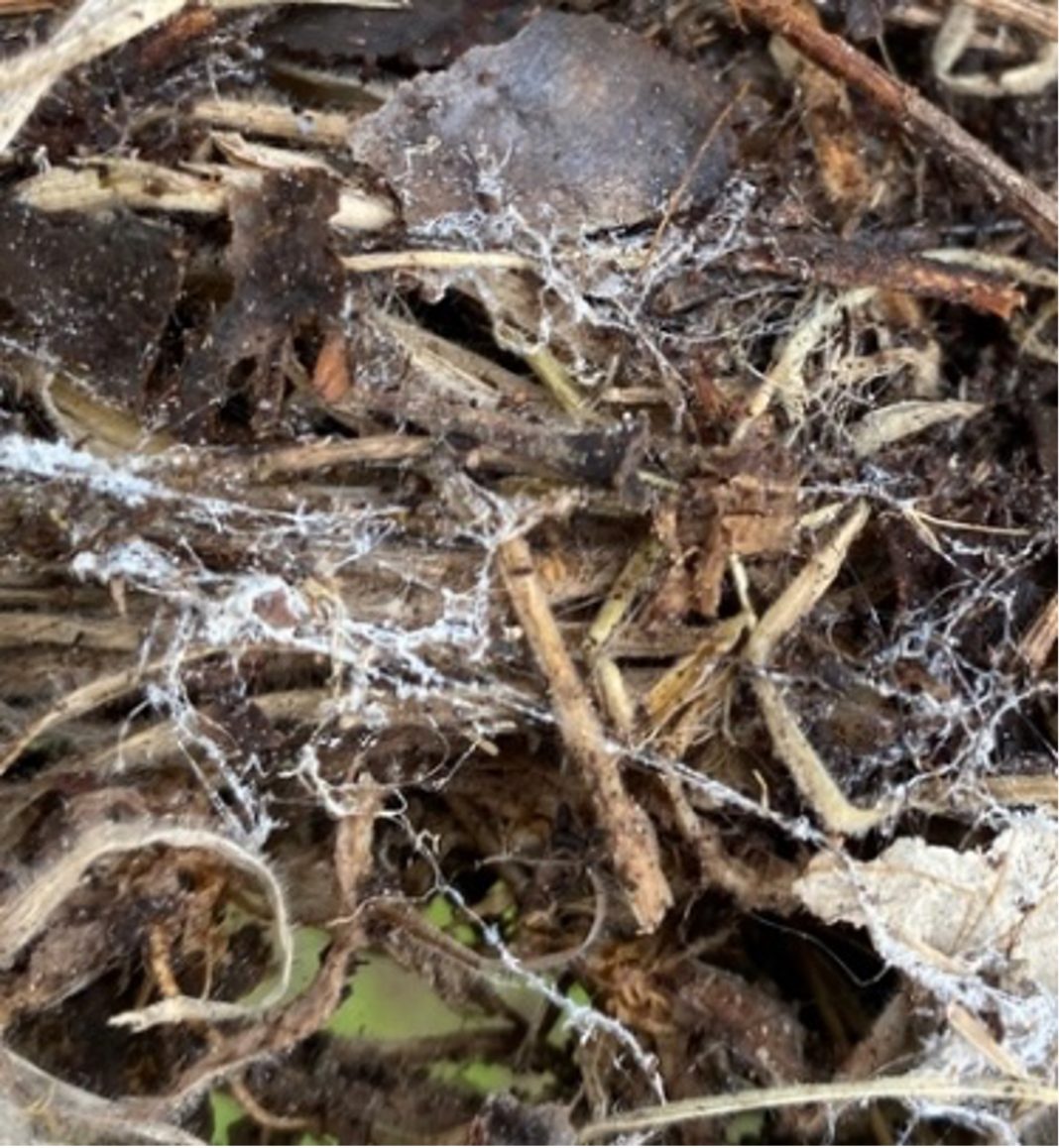Lynette Abbott from The University of Western Australia, focuses again on soil health, this time by assessing and monitoring using soil biological indicators
There is considerable interest in monitoring and quantifying soil biology as an indicator of soil health. (1) However, this is a complex task because of (i) the extreme diversity of soil organisms (2), (ii) the wide range of processes they participate in within soil, (iii) their heterogeneous distribution within the soil profile, (iv) their heterogeneous distribution within the soil matrix, and (v) because their abundance and activity can be very responsive to their surroundings.
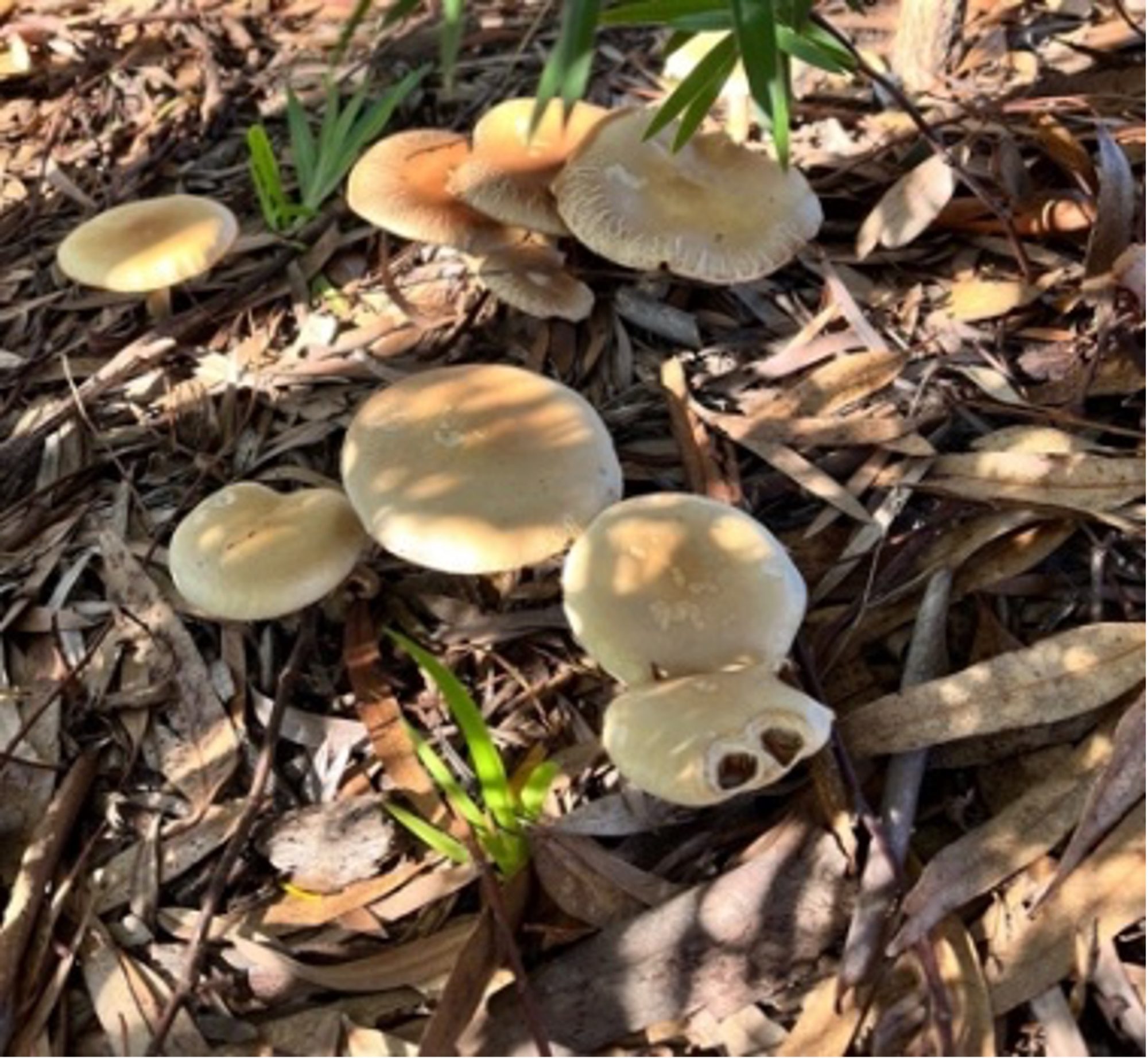
While it is possible to quantify soil organisms, their presence in soil does not necessarily correspond with their activity at any point in time. Different soils naturally have different communities of soil organisms that carry out similar functions. Some soils have different quantities of soil organisms due to their inherent structure (3) – for example, sandy soils may have lower levels of soil organisms than more clayey soils. Therefore, quantification of soil organisms as indicators of soil health is not black and white, or a simple matter of one-off measurement.
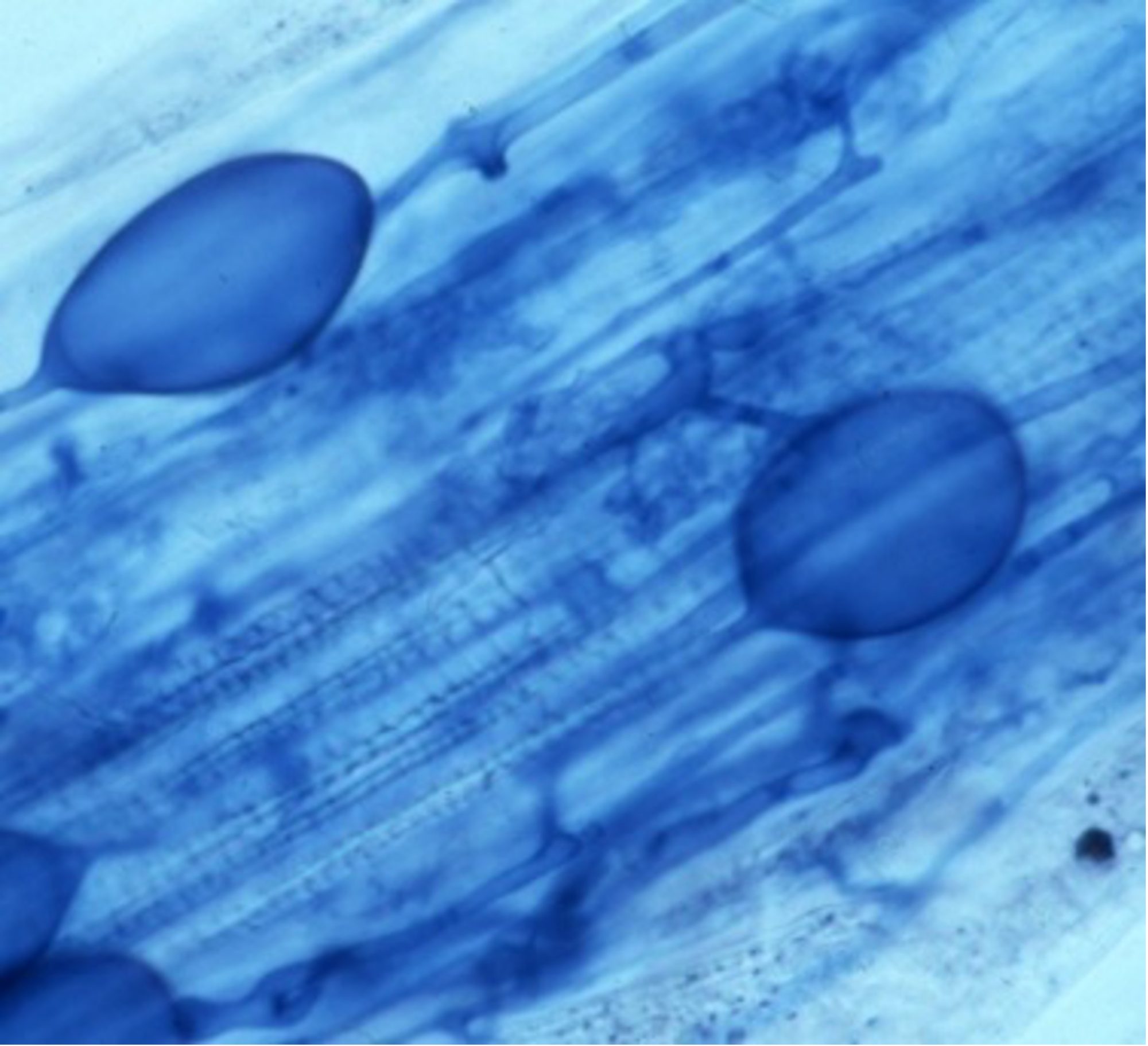
Understanding soil locally is important for interpreting soil biology measurements in the context of soil health indicators. Many different components of soil biology can be measured, but some values are time-dependent or soil-type dependent. Therefore, understanding local soil communities is essential. Many measurements require complex equipment and are expensive, while some are simpler and can be carried out on-farm.
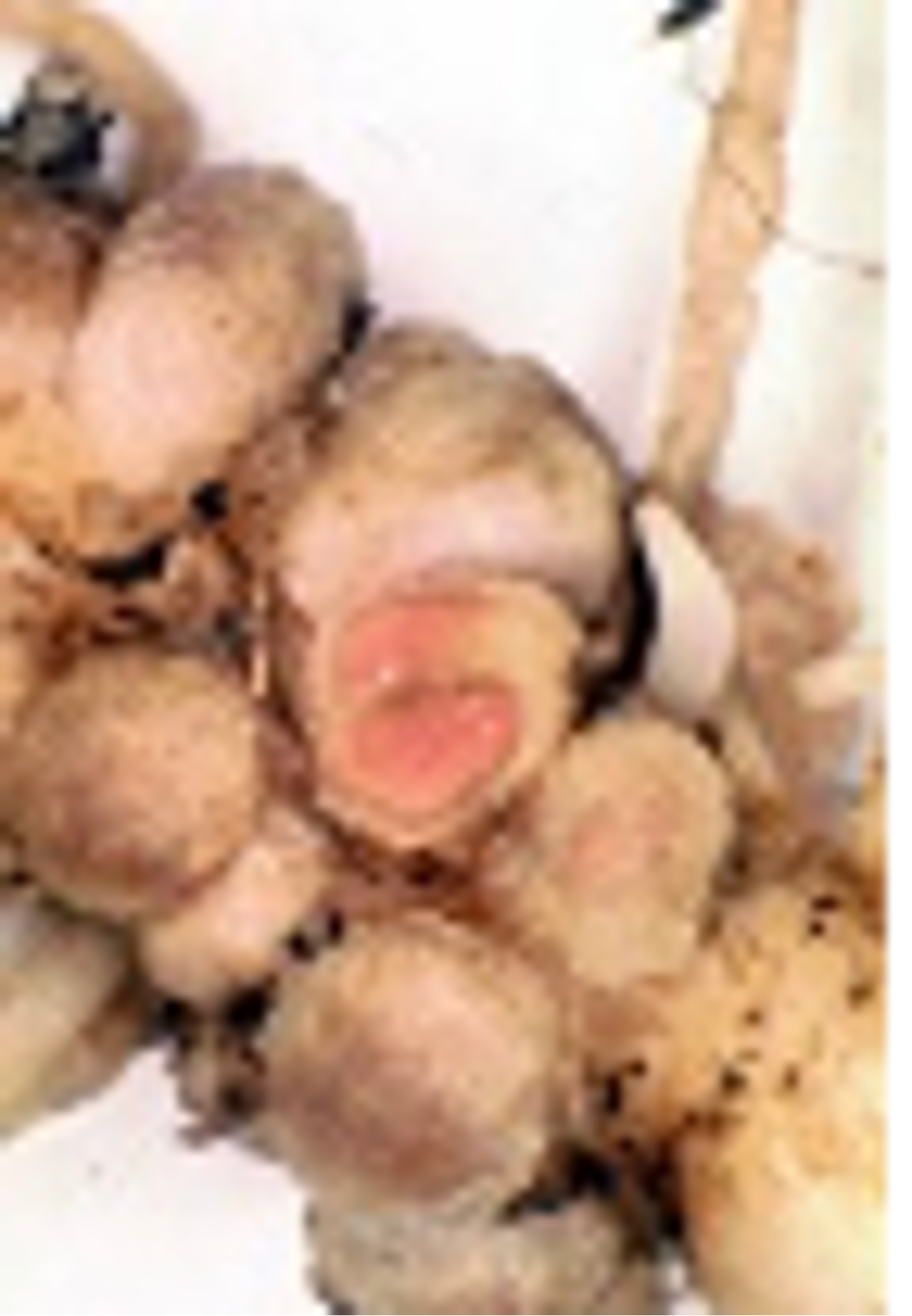
Relationships between soil biology measurements and soil health (4) may be site-specific. While this constraint may seem unnecessarily complicated, there are reasons for this. Local knowledge, combined with monitoring a few soil biology assays, can provide a good indication of how land management practices influence soil conditions in one paddock compared to another. Some practices increase ‘soil health’ while others decrease ‘soil health’. These fluctuations are normal and provide important information about ongoing soil and land management decisions.
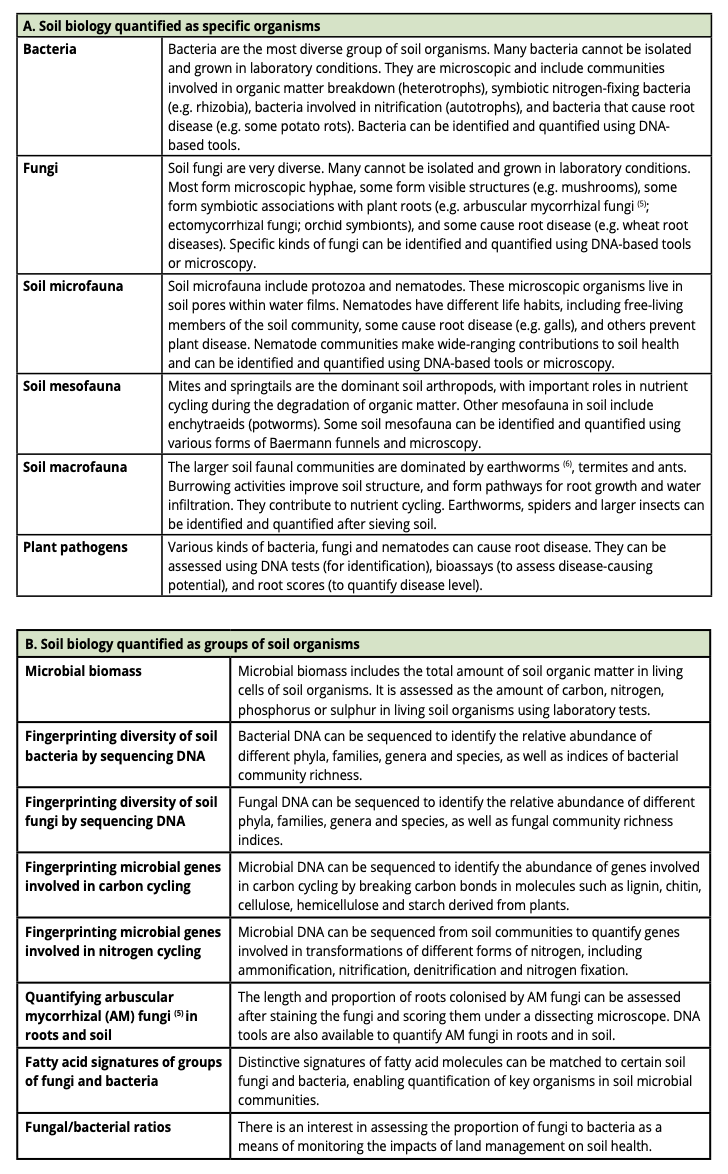
The soil monitoring plan
Armed with a basic understanding of how management practices influence soil organisms, a monitoring plan can be developed. There are many different organisms in soil. They cannot all be monitored; therefore, a selection can form the basis of monitoring that considers changes in season, rotations, land management, fertiliser use and grazing practices, etc.
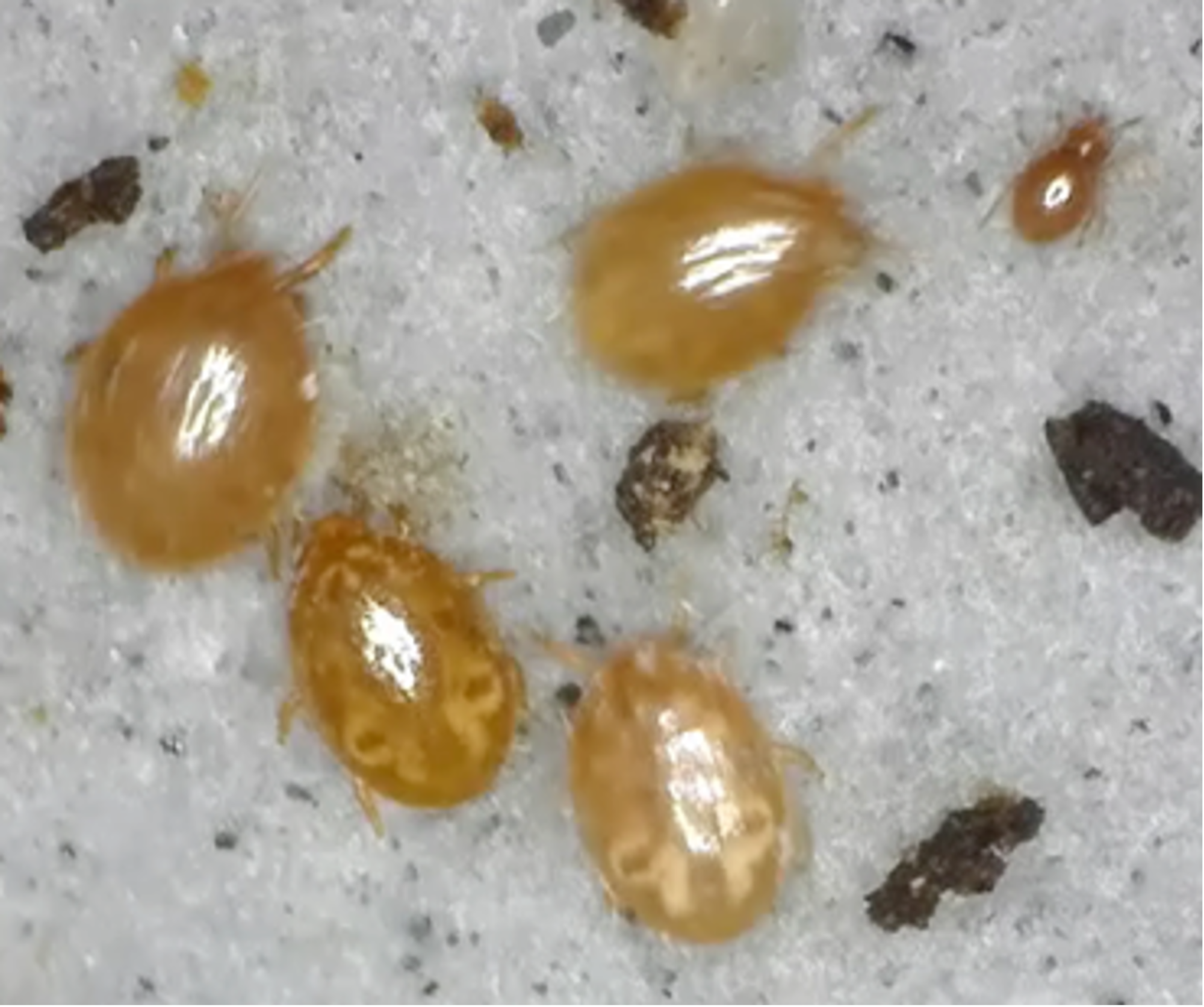
The monitoring plan for particular organisms, groups of organisms or biological processes, will include standard sampling times (based on likely seasonal effects), how sampling is done (based on depth in the soil profile and likely variability across the site), and how often samples are collected (based on an understanding the life cycles of soil organisms and rates of biological processes). Monitoring in a consistent manner, using the same methodology, is important so that variability is minimised.
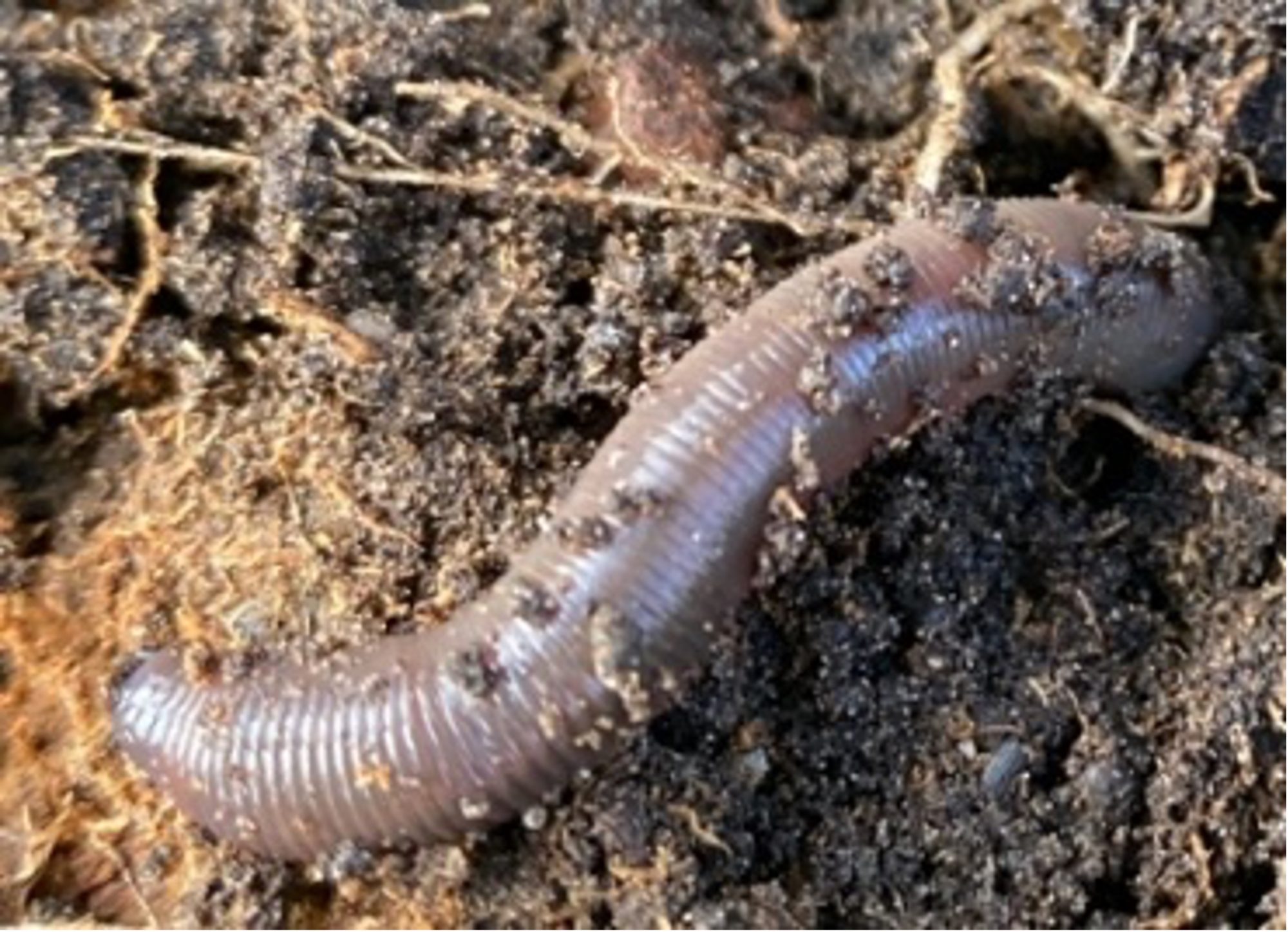
Soil organisms are extremely diverse and vary greatly in size and abundance within the soil. Therefore, specific methodologies are required for different kinds of soil organisms. Examples in the tables include A. soil biology quantified as specific groups or individuals, B. soil biology quantified as groups of soil organisms, C. soil biology quantified as soil biological fractions, and D. soil biology quantified as processes carried out by soil organisms.
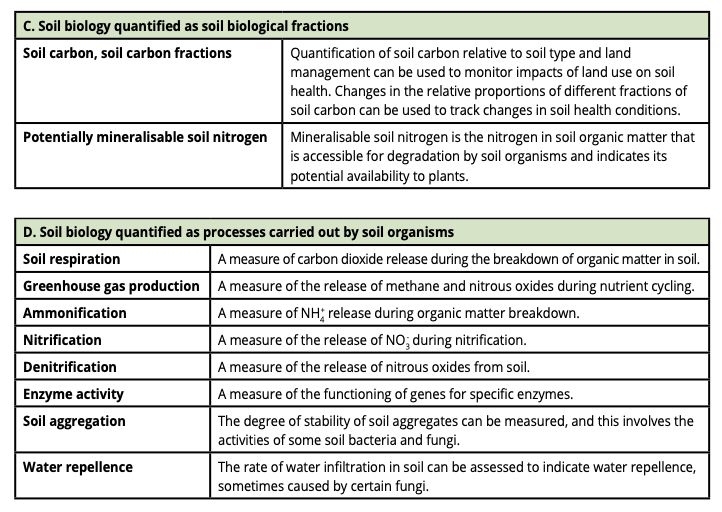
After quantifying selected measures of soil biology, the next step in the monitoring plan is to interpret the data in the context of their value as indicators of soil health. The most important consideration is the rate of change of the measurements of soil biology monitored in relation to land management practices. This requires an understanding of local factors, including soil type and weather.
References
- Soil health – Soil health characteristics
- Soil health – Soil biodiversity is essential for building environmental resilience
- Soil Structure: The foundation of healthy soil
- Unveiling healthy soil: Why is soil biology key to soil health?
- Soil health – A role for arbuscular mycorrhizas
- Soil health – The importance of earthworms for soil health
Acknowledgement
Our research on soil health is supported by the Soil Science Challenge Grants Program funded by the Australian Government Department of Agriculture, Fisheries and Forestry (project 4-H4T24R2) and contributes towards the National Soil Strategy and the implementation of the National Soil Action Plan.

